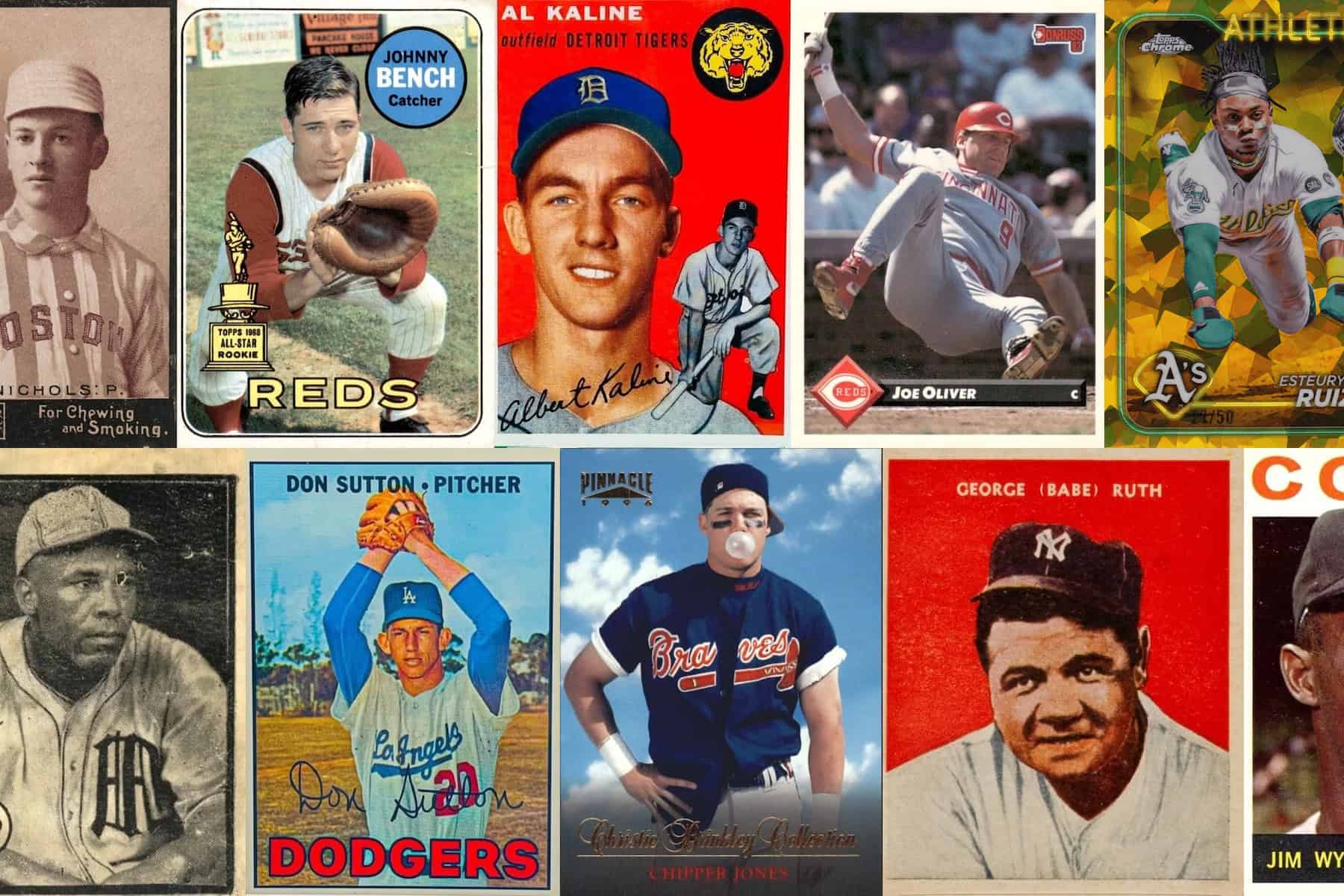Baseball cards are more than just collectibles; they act as a visual chronicle of the sport’s history, capturing iconic moments, legendary players, and evolving aesthetics over the decades. A single image on a card defines how a player is remembered, shapes their public image, and creates lasting impressions for generations of fans. Whether it’s a classic action shot of a slugger mid-swing, a posed portrait with a confident gaze, or a candid moment in the dugout, baseball card photography impacts how fans perceive the game and its players. The artistry behind these images goes beyond simply taking a picture – it requires careful selection, composition, and often, post-production adjustments to enhance the final product.
This article explores the fascinating world of baseball card photography, diving into the origins of these images and the processes behind their selection and use. Where do card companies obtain their photographs? How do they decide which images make it onto the final product? By examining these aspects, we can gain a deeper appreciation for the craftsmanship behind baseball cards and the images that define them.
Origins of Baseball Photography
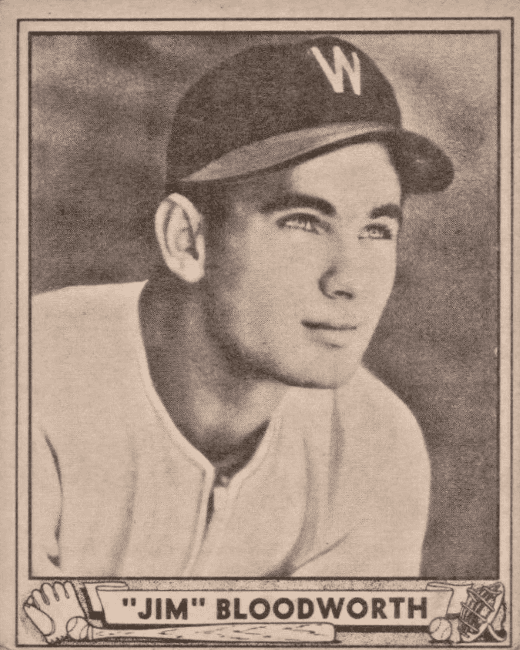
Before baseball cards became mainstream, photographers played a crucial role in capturing the game. Early baseball cards from the late 19th and early 20th centuries often showcased black-and-white images of players. These photos usually came from games or formal team photo sessions. Since technology limited the ability to capture action shots, most of these early photos were posed.
Today, baseball card photography has advanced significantly. High-definition cameras, lenses, and advanced lighting techniques allow photographers to capture a wide range of images – from in-game action shots to candid moments. Most baseball card photography now comes from a variety of sources. This includes professional sports photographers, stock photo agencies, and sometimes directly from team photographers or players themselves.
How Card Companies Obtain Photographs
Professional Sports Photographers
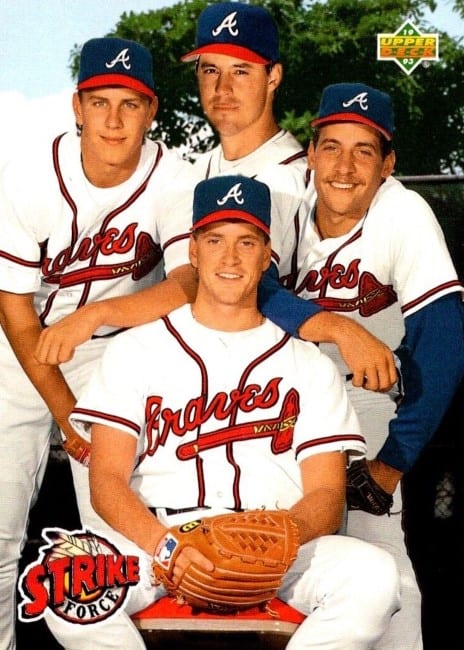
Professional sports photographers take a significant number of photos that appear on baseball cards. Card companies or third-party agencies typically contract these photographers, although some work as freelancers. With access to the stadium, including the field, dugout, and locker rooms, these photographers can capture players in various settings. To ensure a steady supply of fresh images, card companies like Topps, Panini, and Upper Deck often build relationships with these photographers.
Team Photographers
Many Major League Baseball (MLB) teams have their own photographers who cover games and other team events. Card companies sometimes license images directly from these team photographers or through MLB. Since these photographers have regular access to players and games, they often capture unique moments that are not available through standard sports photography outlets.
Stock Photo Agencies
Some card companies also rely on stock photography agencies that specialize in sports imagery, like Getty Images or AP. These agencies employ photographers who attend games, practice sessions, and press events to take a wide variety of pictures. Card companies pay licensing fees to use specific photos from these agencies for their card designs.
Player-Submitted Photos
In rare cases, players may submit personal photos for use on special edition cards or autograph inserts. This typically happens with retired players or when creating throwback or tribute cards. Examples include cards that show the player as a kid, like the Topps series, “Boyhood Photos of the Stars,” which the company has produced for over 40 years. These cards that show youth baseball photos of players like Mike Trout, Brooks Robinson, Matt Olson and Lou Piniella.
Photo Selection Process
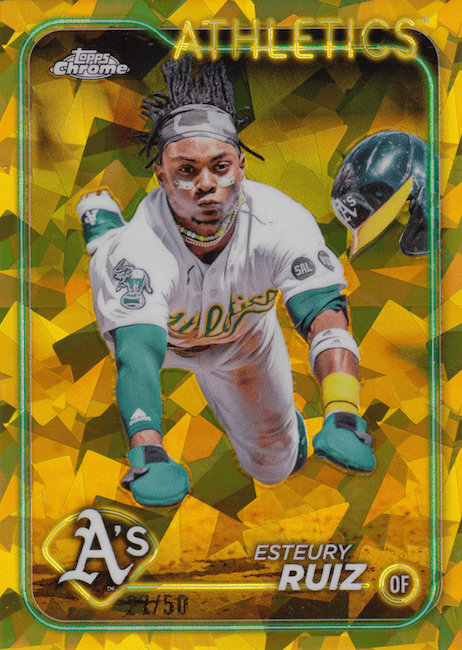
Once the card companies have access to a pool of images, the selection process begins. This involves reviewing thousands of photos to find those that best represent the player and align with the card’s overall theme. A few key factors come into play:
Action Shots vs. Portraits: Many fans prefer action shots, such as a player swinging a bat or making a diving catch. They have a more dynamic feel. However, portrait-style images of players in uniform are also common, particularly for rookie cards or special sets.
Team Representation: Card companies are careful to select images that represent the player in the correct team uniform, especially if the player has recently changed teams. This can sometimes lead to challenges if there are not enough images of the player in their new uniform.
Quality: The clarity, lighting, and composition of the photo are also critical. With the availability of high-definition printing and glossy card finishes, card companies need high-resolution images to avoid any blurriness or graininess in the final product.
Design and Alteration of Photos
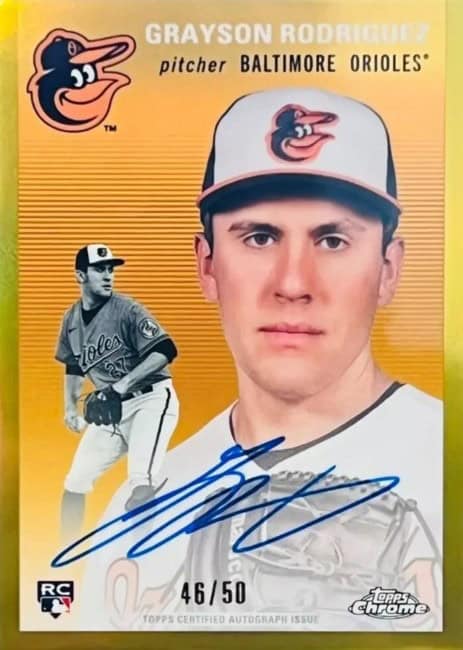
Once a photographer selects a photograph, they modify it before placing it on a card. These changes can range from basic edits to more significant enhancements.
Cropping
Photographs are typically cropped to fit the card’s design template, with the goal of highlighting the player. This often involves removing background distractions like other players, referees, or stadium advertisements. Cropping can also focus attention on a specific part of the action, emphasizing key moments or details.
Image Processing
Photographs are often adjusted for color balance to ensure they appear vibrant and consistent across a series of cards. Images taken in poor lighting may be brightened, and color corrections are made to accurately reflect the player’s uniform.
For artistic or thematic purposes, some card sets apply filters or visual effects. For instance, retro-themed sets may use sepia tones for an old-fashioned look. Holographic effects might be added to give a modern, high-tech feel.
Airbrushing and Digital Enhancements
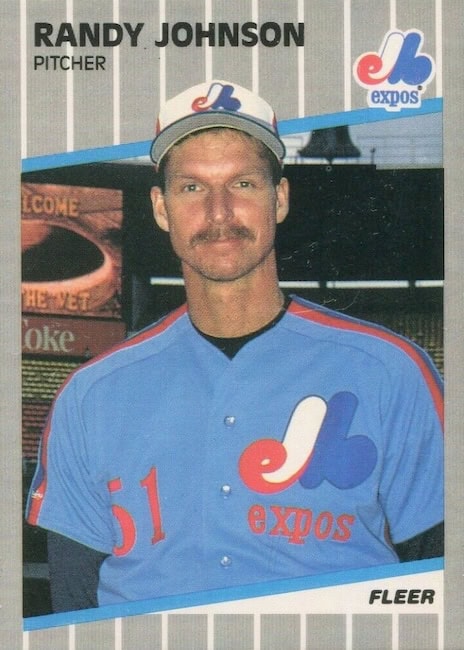
While many card companies aim to keep the background of photos natural, there are times when designers alter it for aesthetic reasons. Cluttered or distracting backgrounds can be blurred slightly or replaced with a neutral color to maintain focus on the player.
Randy Johnson’s 1989 Fleer rookie card is one example. The card originally had an advertisement for a tobacco company in the background of the card, on the outfield wall. Fleer decided to remove the logo and reissue the card.
Other types of alterations can occur. If a player is featured in a card set but changed teams mid-season, card companies may not have access to photos of the player in their new uniform. In these cases, they may digitally alter the photograph, airbrushing out the old uniform and replacing it with the new one. This practice is less common now than in earlier decades but still occurs when necessary.
Special Considerations for Iconic Cards
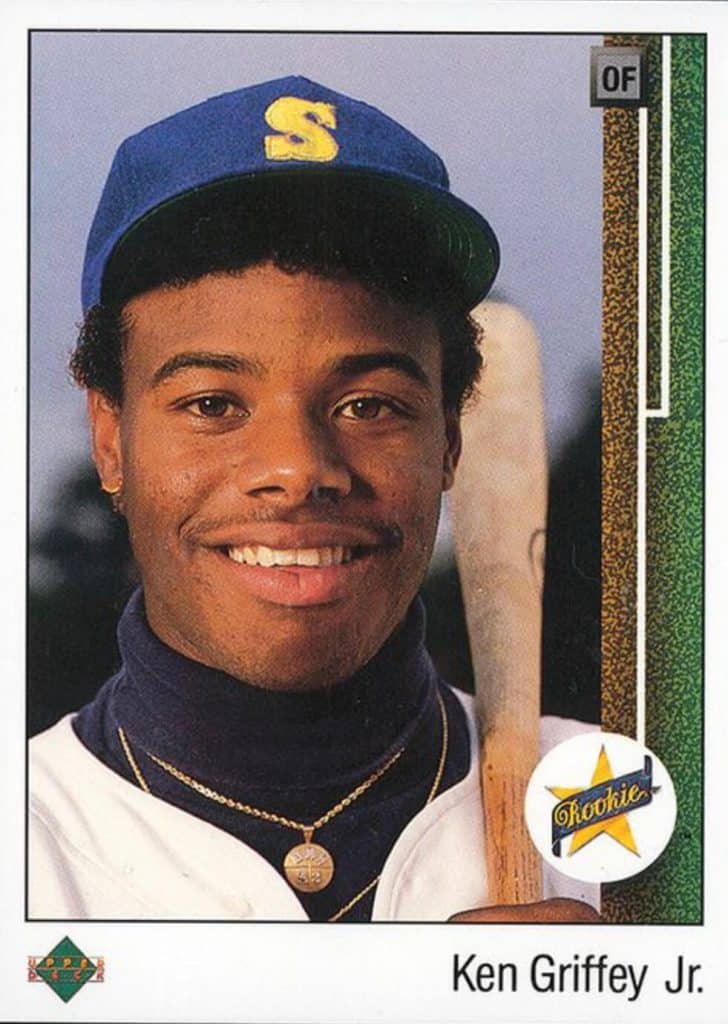
Certain iconic baseball cards feature photographs that become part of the sport’s history. For example, the 1989 Upper Deck Ken Griffey Jr. rookie card features an image of the young star smiling in his Mariners uniform. This image became synonymous with Griffey’s early career and contributed to the card’s legendary status.
Sometimes, the story behind the photograph is just as interesting as the card itself. For example, the 1953 Topps Mickey Mantle card featured a hand-painted image based on a photo. Topps altered the image to make Mantle appear more polished. This is an example of the artistic liberties taken in the early days of card design.
The Role of Licensing and Copyright
One important factor in baseball card photography is the issue of licensing and copyright. Card companies must obtain the rights to use a player’s image, which often involves negotiations with both the player and the league. In MLB, the Players Association manages group licensing rights for current players, while retired players may handle their own image rights individually or through specialized agencies.
If a card company uses a photograph without proper licensing, they could face legal action. To avoid this, most companies sign multi-year licensing agreements with MLB, the Players Association, and individual photographers to secure the rights to use images across various card sets.
Advances in Baseball Card Technology
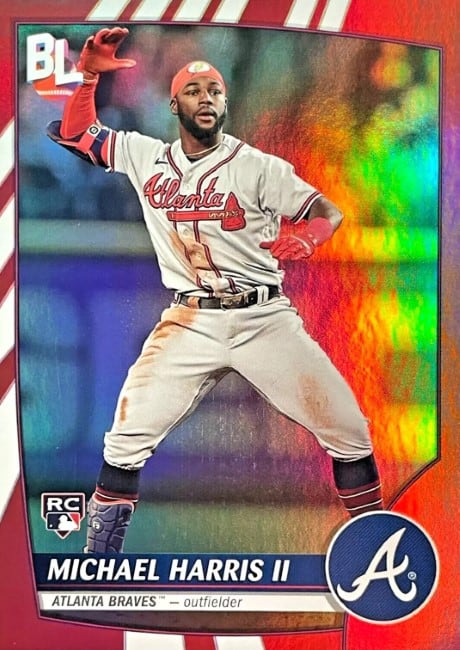
Technological advancements have transformed the way photographers capture and use images for baseball cards. High-resolution cameras, drones, and even 3D photography have enabled more creative and visually striking images. Digital imaging software like Photoshop further enhances this process, offering designers greater flexibility to modify photos without sacrificing quality.
As printing technology has advanced, card companies are now able to create cards with higher clarity and color accuracy than ever before. This is especially evident in premium card sets, which often feature glossy finishes, foil stamping, and embossed images.
The Ethics of Photo Manipulation
While most photo alterations aim to enhance the card’s visual appeal, ethical concerns arise, particularly regarding airbrushing or significantly altering a player’s uniform. Purists argue that such changes misrepresent reality and undermine the authenticity of the card. On the other hand, some believe these modifications are necessary for practical reasons, such as for player trades.
Conclusion
Baseball photography plays a pivotal role in card production, shaping how players are remembered and celebrated within the hobby. From selecting the perfect shot to finalizing the design, each step is meticulously managed to ensure the images resonate with collectors. Technological advancements, alongside the expertise of photographers and designers, continue to push the limits of what’s possible in card imagery, ensuring that each new release visually reflects the evolving history of the game.
